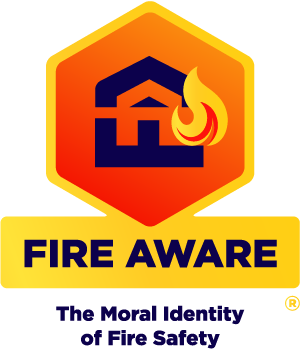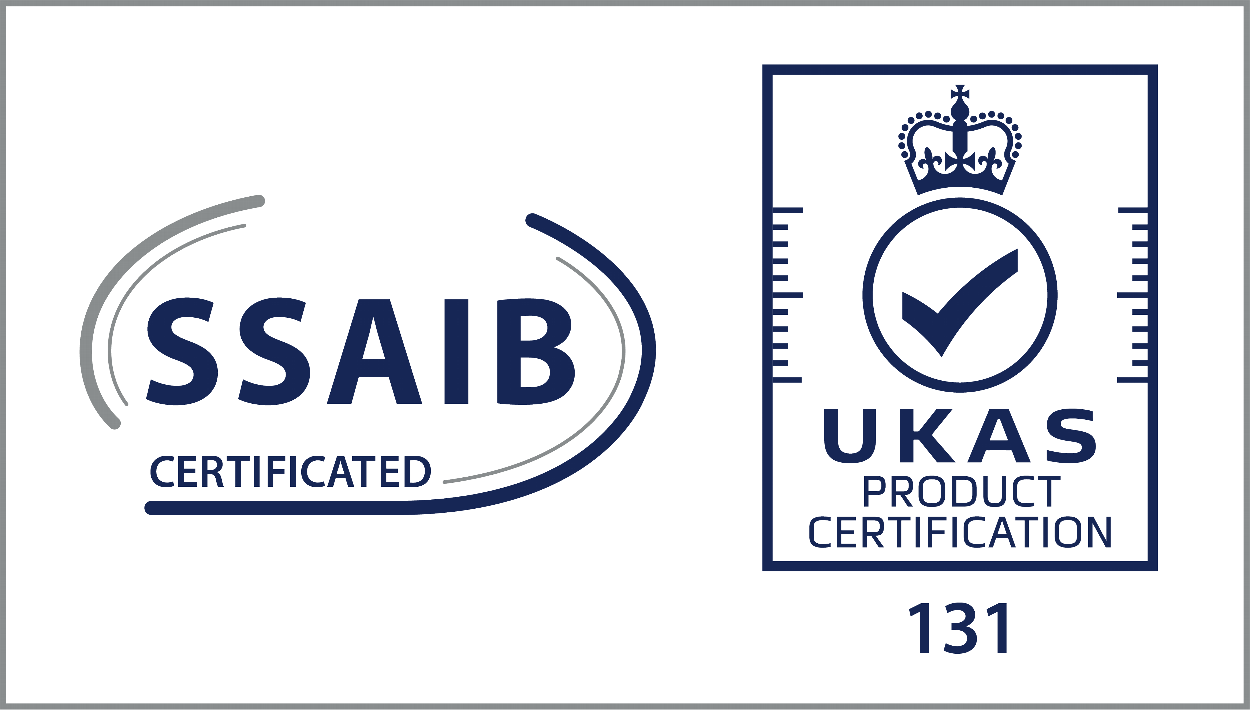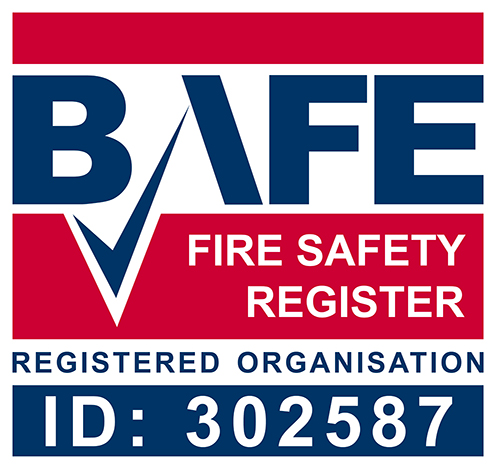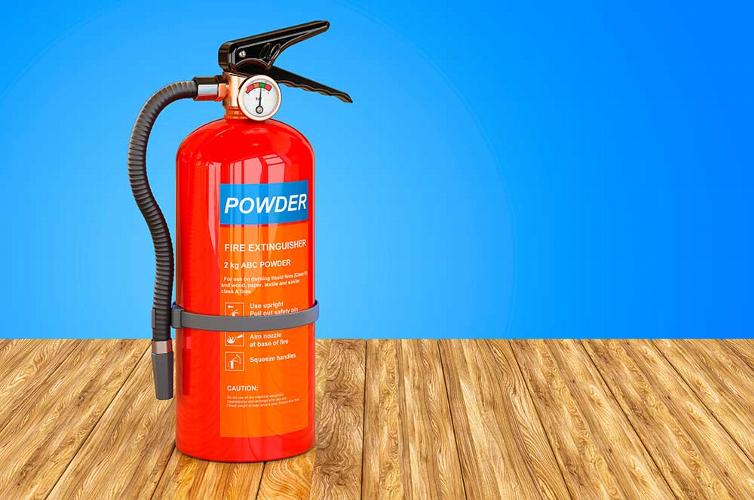Dry powder extinguisher guide
Find out about the safe usage of dry powder extinguishers, and the kinds of fires they're used for.
What they are used for
Dry powder extinguishers were originally developed for liquid fires. They were used in fuel stores, industrial plants, and airports, where a rapid know-down of the flames is required to reduce damage and enable the quick rescue or evacuation of people. This aspect was especially used in the event of an aircraft fire or vehicle fire.
The limitations of dry powder are that it does not form a protective coat over the liquid after the fire is extinguished. Unlike foam the danger of reigniting is quite high, so the dry powder is often used in combination, with foam being applied right after.
In more recent decades, powder extinguishers have been developed to deal with a wider range of fires, including wood, paper and fabric, as well as flammable liquids and gasses. For wood-based fires, where there may be deep-seated smouldering, the powder has of limited use though, and a water-based extinguisher is much better in these instances.
Problems with powder
Using powder extinguishers is recommended only for liquid or flammable gas fires. In indoor environments they should be used only if no other suitable extinguisher is available. This is because within a building, the discharge of powder material can cause a sudden loss of visibility and jeopardise escape or rescue. The powder is extremely fine, and acts as an irritant to people with asthma, or other breathing difficulties.
Damage caused by powder
The powder is very difficult to clean up, and will get into every nook and cranny.
It is slightly alkaline, and while it is not dangerous in this manner it will affect metals and other materials that it contacts.
It can damage mechanical parts and electrical equipment, adversely affecting relays and contacts.
In a kitchen environment, the food will be contaminated and have to be disposed of.
It can cost a substantial amount to clean up after a powder extinguisher discharge. When one was needlessly used in a church, the cost of the clean-up was £250,000. As a result, it is recommended that only if your Fire Risk Assessment shows that a particular risk within a building cannot be protected by any other extinguisher than a dry powder one, should you deploy such an extinguisher indoors.
At Wyvern Risk Management, we are able to provide access to trusted independent professionals who have comprehensive understanding of fire extinguishing media, legislation, and standards including BS 5306-3:2017, and can carry out installation, commissioning, and maintenance of all fire extinguishers. Our trusted providers are BAFE registered for scheme SP101.
If you need any further advice, please give us a call 0800 593 0916 or use the contact form below.
©Wyvern Risk Management Limited 2023. All Rights Reserved.
Registered Company in England & Wales
Registration no 10368490
 Get In Touch - 0800 593 0916
Get In Touch - 0800 593 0916
FAQs
Testimonials
Our Company




